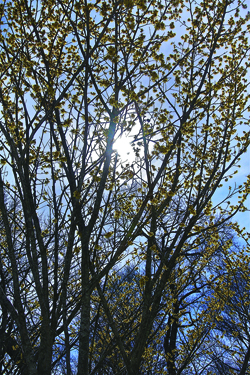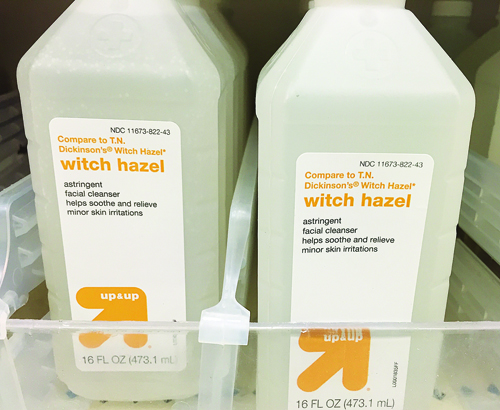Health Column: The many benefits of witch hazel


Strange in name but benign in use, witch hazel is a natural astringent with powers that go far beyond minimizing pores.
Consider Native Americans, who for centuries have used the herbal remedy for a variety of medicinal purposes. According to a 2012 article in The Atlantic, the Iroquois brewed it as a tea to treat dysentery, colds and coughs and the Osage used witch hazel bark to treat skin ulcers and sores. The Mohegans reportedly even showed English settlers how to find underground water using Y-shaped witch hazel sticks.
Today, witch hazel is used primarily as an all-natural facial toner and topical solution that relieves irritation from scrapes, minor cuts and insect bites. But the extract from this remarkable plant can seemingly do it all. And it’s inexpensive, at roughly $5 for a 16-ounce bottle. You’ll find it in nearly any drugstore.
According to the website Natural Living Ideas, witch hazel can be used to:
• Treat hemorrhoids. In fact, it’s a common ingredient in commercial creams like Preparation H. Mix a small solution of witch hazel with aloe vera gel and apply it to affected areas. The same solution can also be used to help relieve sunburn.
• Stop bleeding. Witch hazel contains tannins, which, in addition to having astringent properties, are thought to help stop minor bleeding caused by cuts and scrapes.
• Dry up swimmer’s ear. Use an eyedropper to insert several drops of witch hazel into each ear to dry up pus and break up wax and other ear-clogging debris. Allow ears to drain, then gently use a cotton swab to clean the area.
• Decrease under-eye puffiness. Didn’t get enough sleep last night? Use a cotton swab to apply witch hazel on and around the eye area. It will act as a natural anti-inflammatory. Just be careful to avoid actually getting any of the solution in your eyes.
• Shrink varicose veins. To temporarily relieve swelling and pain, soak a washcloth in witch hazel and place it over the affected area.
IN BLOOM
How’s this for trickery? Witch hazel trees bloom in winter, when almost everything else is still dormant. And you can easily plant your own.

“It’s native to our area so it’s quite easy to grow,” said Christina Spindler, owner of the Peconic River Herb Farm in Calverton, where a 12-foot witch hazel tree grows (see photo, left).
Ms. Spindler doesn’t use the tree for medicinal purposes, but companies like Dickinson’s Original Witch Hazel have been doing so since 1866. According to dickinsonusa.com, the witch hazel solution is extracted from the tree’s twigs and bark. The company then recycles the processed witch hazel chips into biodegradable mulch, making it a truly “green” business.
Caption: Arnold’s Promise witch hazel tree at the Peconic River Herb Farm about 15 years old. It blooms in late winter. (Credit: Barbaraellen Koch)


